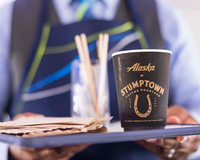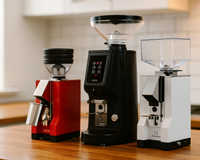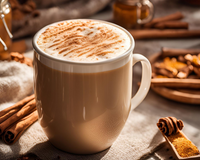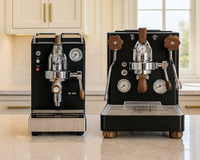What kind of water should I use in my Lelit espresso machine?
Water quality is one of the, if not the sole largest, factor when determining how long your machine will last. So many customers believe just because they spend a bundle on these things that they should last forever by default.
Unfortunately, a prosumer espresso machine will only go as far as you take it. Treat it well, it will last decades. Treat it poorly and you might find yourself with some hefty service bills in the near future.
Treat it like a luxury car - with care and consistency.
There are only 2 types of water to completely avoid:
- Reverse Osmosis (RO) - AVOID
- Distilled - AVOID
Why avoid these?
For one, your machine's water sensors won't even recognize them. Because these waters have such a small mineral count, the sensors at the bottom of your reservoir won't be able to detect water. You'll end up filling the reservoir to the brim only for the machine to tell you it's empty and needs water. We get this phone call almost daily with customers believing their machine is defective.
9 times out of 10 - the user is using one of the above water.
Here are the best types of water to use:
- Filtered
- Bottled
Yes, it can be a severe hassle to constantly be filling your reservoir with bottled water. Here in our office in Chicago, our water quality isn't terrible however using straight tap water is never advisable. We simply use a Brita filter to fill the reservoir of our office Lelit Bianca V3.
What if I'm plumbing in my machine?
Opting not to use the reservoir?
In this case, we highly recommend getting a filtration system, like this one, to filter your water before it reaches your machine.
This is vital to keeping your boilers healthy for years and years.
Questions?
Contact a Cliff & Pebble Espresso Expert today!
Call us - (800) 410-8867
Email us - sales@cliffandpebble.com















